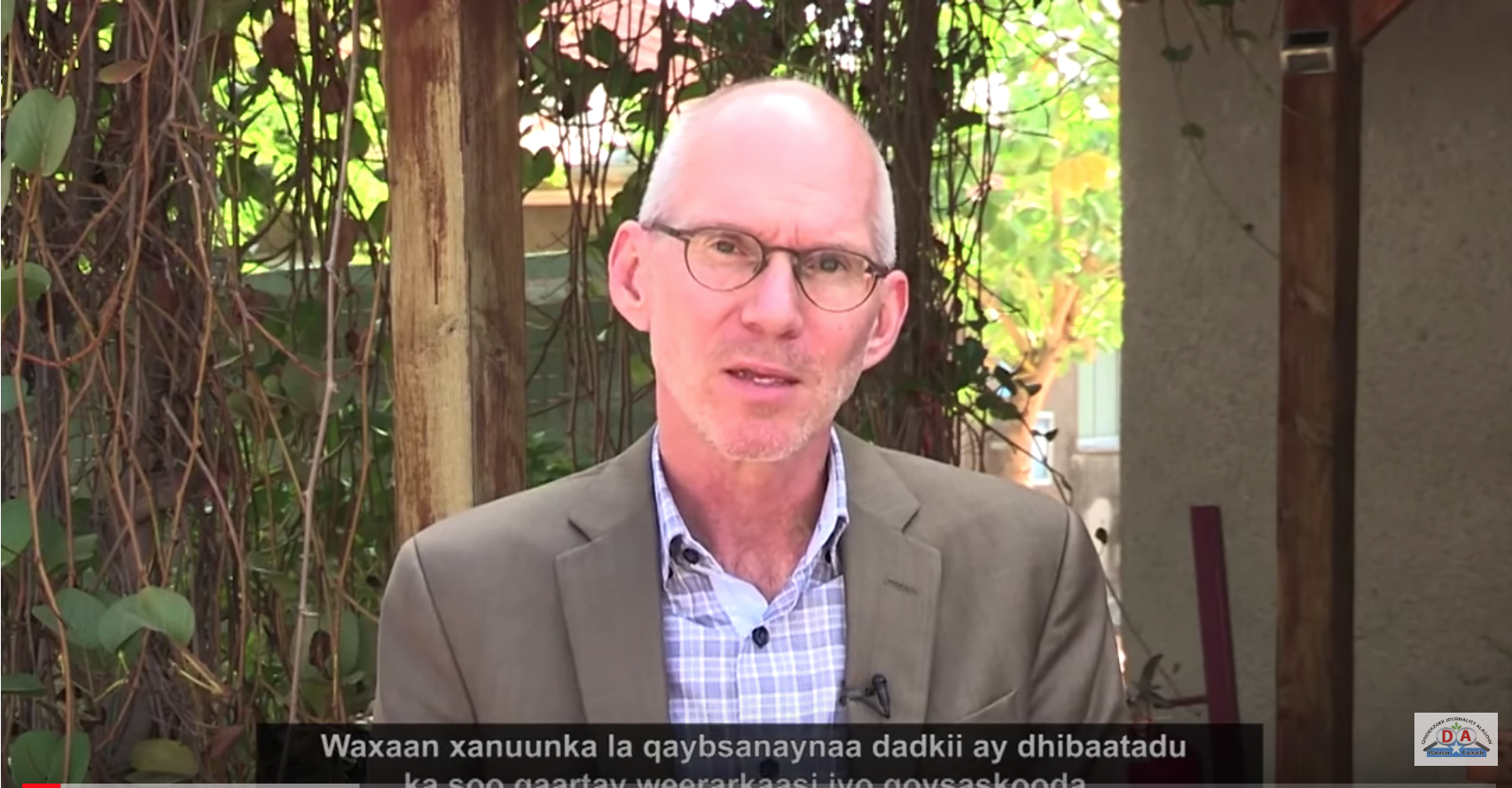ALSO IN THE NEWS

How to rethink stabilisation in Somalia
Sunatimes.com - For more than a decade, international donors have provided a large portion of their aid to stabilisation efforts in Somalia . Yet, the current academic and policy debates on Somalia highlight the risks of an exacerbating political conflict, dire security implications of the withdrawal of AMISOM, and a protracted humanitarian crisis. What is the future of stabilisation in Somalia, and what are the lessons for other contexts where stability proves a mirage, such as the Sahel? The lessons are threefold.
First, politics. When speaking about stabilisation in Somalia, all the emphasis is put on the territorial fight against al-Shabaab and countering violent extremism. Stabilisation is implemented with a counter-insurgency and counter-terrorism mind-set. But, as explained above, this is just one aspect. Drivers of conflicts in Somalia are also political and communal. Neglecting these aspects in stabilisation strategies and instruments would preclude sustainability of efforts in the long-term. The United Kingdom’s stabilisation unit has, for instance, recognised the importance of elite bargains and political deals, including resource access and power-sharing. It’s time to reconsider stabilisation as ‘redistribution of power’, paving the way for accountability and rule of law, rather than just the absence or mitigation of violence. This is particularly important to restore stability in areas where the local population sees al-Shabaab as the more effective provider of law and services to the society, and where countering violent extremism approaches may otherwise struggle to produce impact.
Second, security sector reform (SSR). A sustainable and affordable plan to reform and finance the security sector is a key element of a transition strategy, though a difficult one to implement. In 2017, a first Operational Readiness Assessment (ORA) by AMISOM painfully lay bare the current state of the SNA. The number of soldiers on the payroll of the army is 26,000, but this figure includes old, retired and disabled soldiers. The actual number of soldiers on duty is far lower—possibly fewer than 10,000. Furthermore, the ORA found that approximately 30 per cent of the soldiers in the bases do not have weapons. The ORA paints a bleak picture of the prospects of AMISOM withdrawal. Implementing it without a profound change of security assistance to the SNA, would be perilous. New tools for more effective SSR should therefore be applied to fill these gaps. Security and justice sector public expenditure reviews have been good practices, which may be expanded and used in more tailored ways.
Third, early entry points for international development. Aid can connect the dots between political bargains, locally owned provision of security, and delivery of services, justice and jobs. By effectively bridging the gap between violence and recovery (the ultimate goal of the security-development nexus), development actors can set the tempo of stabilisation. If too fast, stabilisation actions could in fact create inequality and fuel tensions across communities. If too slow, it may be a wasted effort or could reinforce the status quo. Critical to the success of stabilisation—in Somalia as elsewhere—is then the definition of the right type and sequencing of interventions, affecting the pace at which progress towards stability can be made.
Dr Giovanni Faleg is a Senior Analyst at the European Union Institute for Security Studies (EUISS).
This article was first published by Stockholm International Peace Research Institute.
Leave a comment
| Copyright © 2009 - 2025 Sunatimes News Agency All Rights Reserved. |
| Home | About Us | Diinta | Reports | Latest News | Featured Items | Articles | Suna Radio | Suna TV | Contact Us |
 0
0 









How to rethink stabilisation in Somalia
Sunatimes.com - For more than a decade, international donors have provided a large portion of their aid to stabilisation efforts in Somalia . Yet, the current academic and policy debates on Somalia highlight the risks of an exacerbating political con